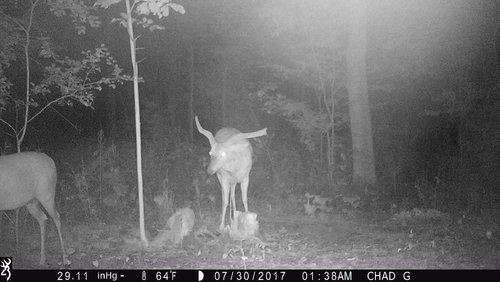Dunning Kruger
Well-known member
- Joined
- May 9, 2019
- Messages
- 567
I thought this was pretty cool. A year by year photo tracking of a whitetail buck from a 1.5 yr old spike, to a 12 yr old geezer. You just never know what a young buck will achieve based off of his first rack.

 www.realtree.com
www.realtree.com

Photo Gallery: From Buttons to Booner
Once a spike, always a spike? Not hardly. This one turned into a record-class deer.





